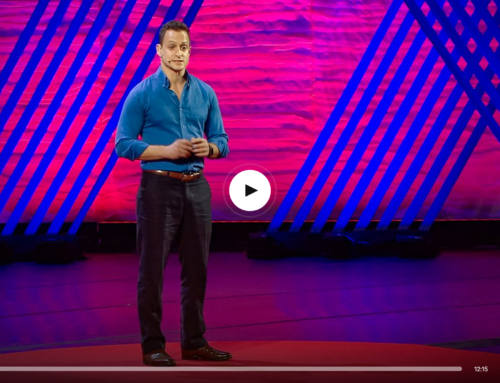You need to grow your team but you’re stuck. Your nonprofit organization has a new initiative you’re trying to get off the ground and you need more hands on deck. Where do you start?
People Are Generous
People will help you. They will get satisfaction just by being a tiny part of your success. How we nurture our relationships is the foundation for so many accomplishments. Understand that people care about you and your mission and will help you without asking for much, or anything, in return. These same people can also help you cope when things go sideways, and point out opportunities, or different strategies.
How Can You Create a People-Focused Environment?
Most of us, especially if working in an organization focused on social impact, interact with many people every day. We communicate with vendors, volunteers, members, staff, colleagues, community partners, donors, and more. It can be tough to find time to keep up with basic communication, let alone have time to get strategic about true engagement. There are project deadlines, plans to implement, stories to tell, newsletters to post, budgets to monitor and problems to solve. I get it….but you don’t get to use that as an excuse.
Remember that stronger relationships result in deeper involvement and increased retention of donors, employees and volunteers. People are generous and they want to support you.
Try these steps:
1. Identify those people who are strategically the most important to connect with first. Call it your Fabulous 50 list, or your Terrific Twenty. They may be critical connections for various reasons – a city official who was instrumental in helping you secure land, a key donor who is well-connected, a program participant with amazing loyalty – all these are examples of people you may want to deepen your connection with for different reasons. Take time to think it through, and be open to having it evolve over time.
2. Make time for strategic decisions around engagement. This means embracing a systematic approach to deepening and then managing relationships. Outline answers to questions regarding who will you interact with, about what, and when. The benefits of cultivation are mutual to both people and can have a long-term effect. Employees reach a higher level of satisfaction and retention improves. Vendors will look for flexibility in negotiating contracts with you. Donors appreciate the sincere stewardship and will renew or increase their gifts. Volunteers will notice the recognition and step up to the plate on the next project.
3. Be willing to reach out and ask – for advice, ideas, help, introductions and more. When you’re looking to build your team, this is not the time to be hesitant; goals won’t be reached without enough of the right people in place. I’m willing to bet, that if you are genuinely respectful and credible, you will receive an astonishing amount of support! And be ready to be challenged – the best supporters will tell you what you don’t want to hear, also.
4. Hold them accountable as part of the team. They expect it. People are less likely to offer support if it appears you can take it or leave it. What’s the point of investing resources into a project if you aren’t measuring success? I’m here to tell you, you will gain more respect, and have more valuable and deeper relationships when you realize that even volunteers want to be held accountable. So do the event debrief, get back to them and let them know how their suggestion worked, report back on progress made on that new initiative.
I conduct a straw poll with my nonprofit clients and ask board members and staff why they stay involved with an organization. Most people cite that the relationships they made and the people they met were key factors. So if the social aspect of work and volunteering is so appreciated, why don’t you put more effort and resources into cultivation and engagement strategies?
So here’s your task – commit to one thing you can do in the next three days, to move someone closer to you and your organization. Just one thing. Put it in your calendar. Now. I dare you.
You can read more about engaging others in The Impact Triangle (available on Amazon)












Leave A Comment